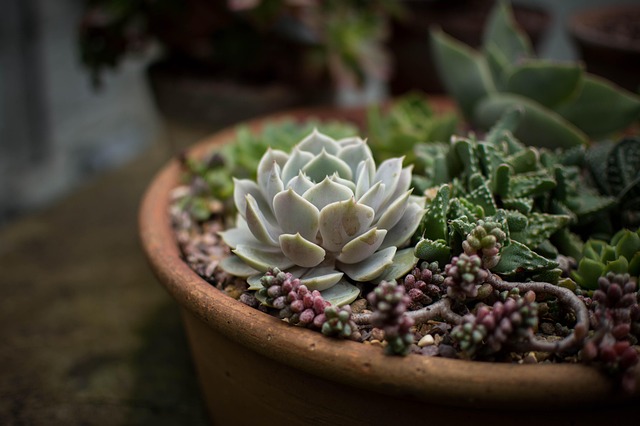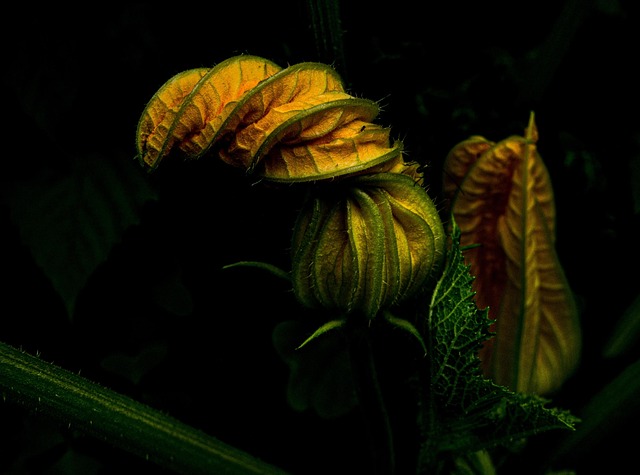The design of an ecological garden is not just about aesthetics; it is a journey towards creating a self-sustaining environment that nurtures both plants and people. Imagine stepping into a vibrant paradise filled with luscious fruits and vegetables, where every plant contributes to the ecosystem. By incorporating eco-friendly practices, you can transform a small plot of land into a bountiful garden that flourishes in harmony with nature.
When considering the environment, it’s crucial to select native plants that thrive without the need for chemical fertilizers or excessive watering. These plants are adapted to local conditions and provide habitat for beneficial insects and wildlife, promoting biodiversity. For instance, incorporating companion planting can deter pests naturally and enhance growth. A mix of vegetables like tomatoes and basil not only taste great together but also help each other thrive in the garden’s design.
Green gardening techniques also play a pivotal role in the creation of an ecological paradise. Utilizing compost made from kitchen scraps and garden clippings enriches the soil while reducing waste. Additionally, rainwater harvesting systems can be implemented to ensure your garden receives adequate moisture without taxing local water resources. These practices align seamlessly with the principles of sustainability and witness the rejuvenation of our planet’s resources.
In designing your ecological garden, consider creating designated areas for different plant types, including raised beds, vertical gardens, and herb spirals. Each of these spaces can serve a dual purpose: maximizing food production while enhancing the visual appeal of your outdoor sanctuary. A herb spiral, for example, not only saves space but also utilizes vertical growth, allowing you to grow a variety of herbs in a small footprint. This approach emphasizes the beauty of nature while promoting a holistic approach to gardening.
Don’t forget to invite pollinators to your garden! Planting flowers that attract bees, butterflies, and hummingbirds will help increase the productivity of your veggie garden. A small wildflower patch or even a few strategically placed flower pots can greatly impact the overall health of your garden. This way, you are not just harvesting food but also supporting the vital ecosystem that keeps our planet thriving.
Lastly, embrace the beauty of seasonal gardening. The design of an ecological garden is dynamic, adapting throughout the year. Rotate crops, implement seasonal planting, and allow parts of your garden to rest. This not only prevents soil depletion but also fosters a cycle of renewal that mirrors the rhythms of nature.
Creating a sustainable paradise is within reach of every garden enthusiast. By focusing on the design of an ecological garden infused with green practices, we not only yield a plentiful harvest of fruits and vegetables but also foster a deeper connection with the environment. As you dig into the soil, plant seeds, and nurture growth, remember that each action contributes to a more sustainable world, cultivating joy both in the garden and beyond.




